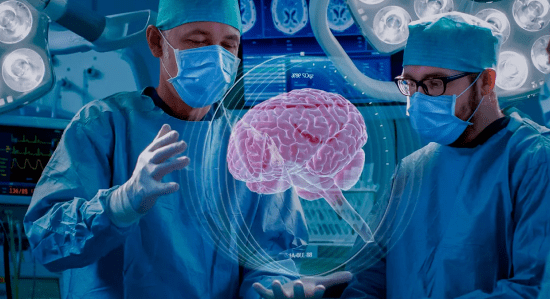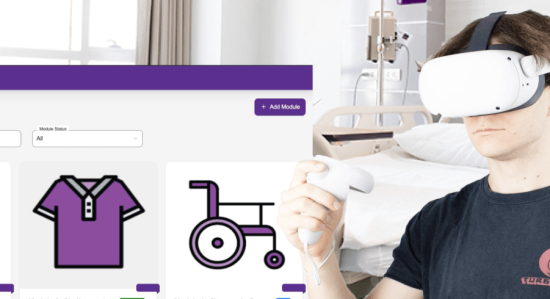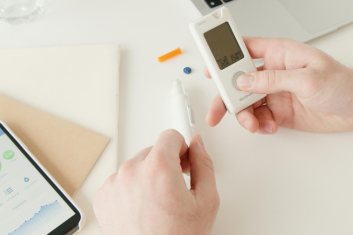Using the Power of AR and VR
to Enhance Healthcare Processes
We are a leading AR and VR app development company with years of experience in healthcare. Our solutions improve patient care, streamline medical training, and boost healthcare efficiency. We create custom applications that make a real impact on everyday healthcare processes.
Benefits of AR and VR in Healthcare

Faster
Training Times
With AR/VR, healthcare professionals can simulate complex medical scenarios, significantly reducing training time while improving skill development. This accelerated learning allows for more efficient use of resources and quicker proficiency.

Reduced
Procedure Errors
By using AR/VR for practice and simulation, healthcare providers can rehearse and perfect their techniques. This results in fewer mistakes during actual procedures, enhancing patient safety and procedure accuracy.

Improved Patient
Outcomes
AR/VR technologies enhance patient care by providing accurate visualizations of procedures and conditions. These technologies allow patients to better understand their treatment plans, resulting in higher satisfaction and improved overall health outcomes.

Lower
Healthcare Costs
AR/VR technologies can significantly reduce healthcare costs by streamlining processes, improving efficiency, and minimizing the need for physical visits. Remote consultations, VR-based training, and AR-assisted surgeries are some of the key applications that contribute to these cost savings.

Knowledge
Retention
AR and VR increase knowledge retention by providing immersive, hands-on experiences, making learning more engaging and memorable. It significantly boosts long-term information retention in healthcare training and patient education.

Higher
User Engagement
AR/VR applications keep users actively engaged by offering interactive, real-time experiences. This high engagement fosters better understanding and participation, essential for training, treatment, and rehabilitation in healthcare environments.
Steps to Implementing AR and VR in Healthcare
Needs assessment and goal setting
We collaborate with your team to identify areas where AR/VR can enhance your healthcare services—such as surgical training, rehabilitation, or diagnostics. Our experience helps set clear, measurable goals to track implementation success.
Choosing the right technology partner
Choosing a reliable and experienced technology partner, like HQSoftware, is a key step. With our years of experience in AR/VR, we make sure your healthcare solution is tailored to your needs and works smoothly. Our expertise ensures a successful and efficient implementation.
Development and customization
At HQSoftware, we design and customize AR/VR solutions for healthcare. Our team integrates key features to ensure the solution is intuitive, effective, and enhances the experience for both patients and staff.
Training and support for healthcare professionals
With our extensive experience, HQSoftware provides continuous support to ensure your healthcare team gets the most from AR/VR technologies. We monitor and optimize the solution to enhance efficiency and patient care.
Continuous evaluation and improvement
Collect regular feedback from health professionals and patients. Use the data collected to evaluate the effectiveness of AR/VR implementation and identify areas for improvement.
How to Start a Virtual Reality Software Project
Easy steps to start a partnership with us
Have no specifications?
Start an elaboration stage with us.
Want a test period?
Let’s start with a pilot project of 2-4 weeks.
Confident and ready to start?
Let’s get your software project running.
Latest Articles
FAQs
How long does it take to develop a custom AR/VR healthcare solution?
What hardware and software requirements are needed for implementing AR/VR in healthcare?
How can AR and VR enhance patient care and medical outcomes?
Can the AR/VR content be updated or expanded in the future?
What is the cost-effectiveness of integrating AR/VR solutions in healthcare facilities?
Are there any privacy or data security concerns with implementing AR/VR in healthcare settings?
We’re here to understand your healthtech needs and find the best AR or VR solution for you. Fill out the form, and get a free, personalized proposal from your dedicated manager.

Sergei Vardomatski
Founder

















